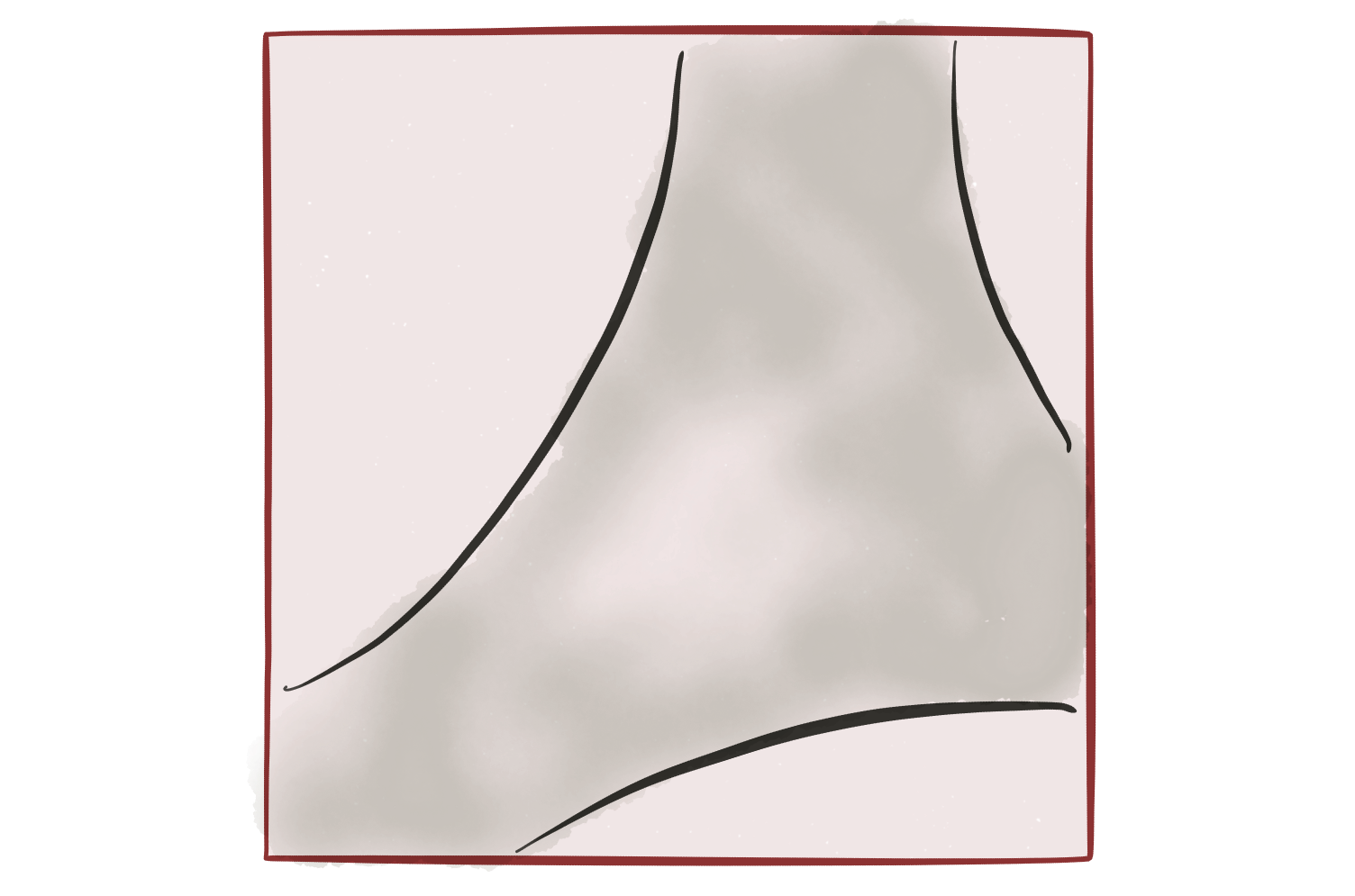Tomoscopy - fast operando tomography for materials science and engineering
Capturing X-ray tomographic views of objects used to consume a lot of time since samples have to be rotated around their axis, during which hundreds of radiographic projection images are collected. With the developments of the past years real-time 3D movies of solidifying microstructures, expanding metal foams and of materials during processing can be obtained, currently at the rate of more than 200 per second.
Starting in 2019, the German DFG is funding the further development of the tomoscopy technique and its applications with a "Reinhart Koselleck Project" at the TU Berlin.





